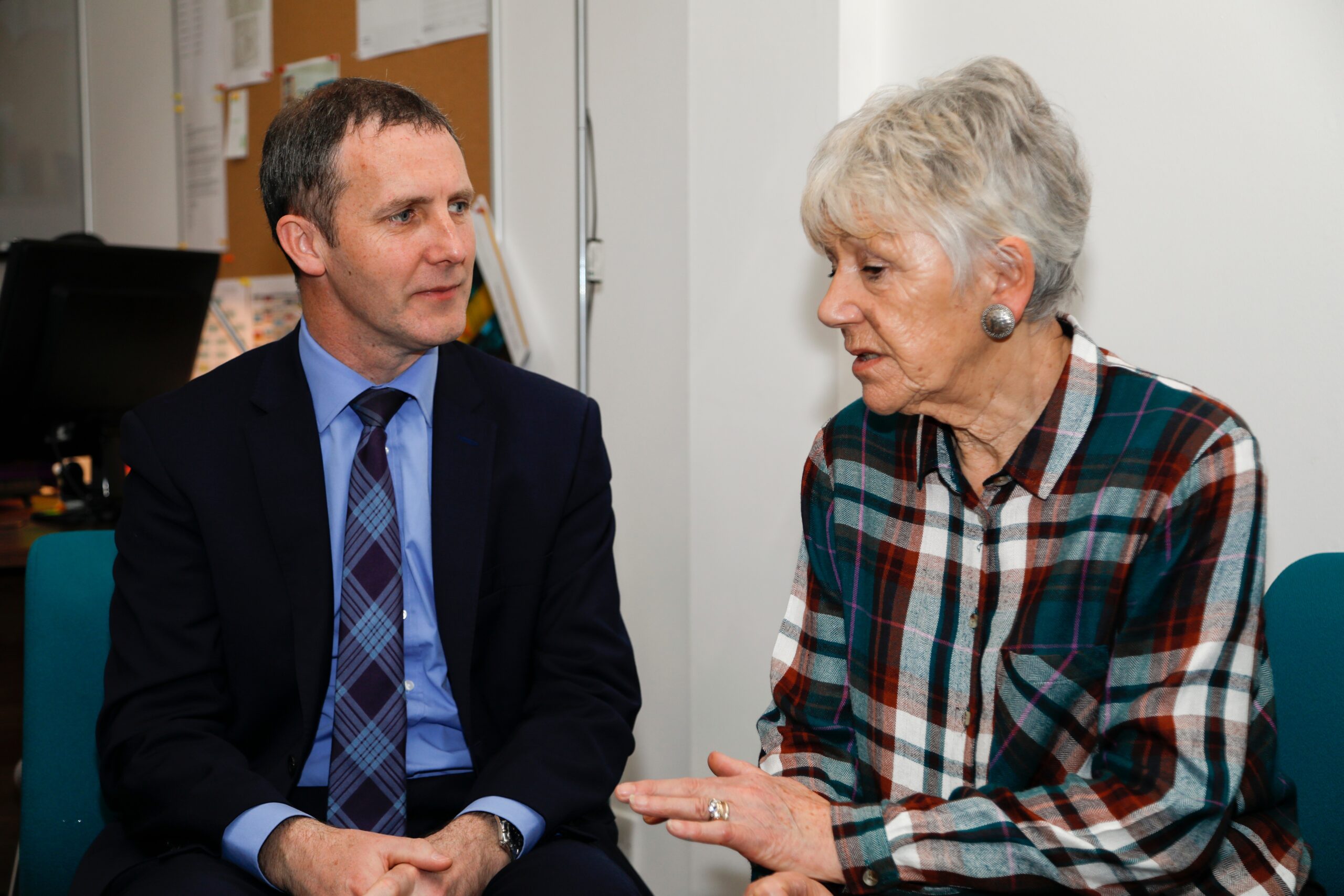- America’s Forgotten Terror Attacks - April 10, 2025
- The Hidden Link Between Real Estate and Organized Crime in the U.S. - April 10, 2025
- Organized Crime in the U.S. Postal System: An Unlikely Criminal Pipeline - April 10, 2025
The Concept of the Ordinary Killer

Many killers blend seamlessly into society, appearing as ordinary individuals. This phenomenon raises questions about how we perceive danger and the signs that might indicate someone is capable of heinous acts. Research shows that many serial killers maintain a facade of normalcy, often holding jobs, having families, and participating in community activities. This duality complicates the task of identifying potential threats in our neighborhoods. The idea of the ordinary killer is terrifying because it suggests that anyone we know could harbor dark secrets. This notion forces us to rethink our understanding of what makes someone dangerous. By understanding this concept, we can begin to see the subtle signs that might indicate a hidden threat.
Case Study: Ted Bundy

Ted Bundy is one of the most infamous examples of a killer who lived among us. Charismatic and intelligent, Bundy was able to charm his victims and evade law enforcement for years. He was a law student and engaged in various community activities, which allowed him to blend into society. Bundy’s case highlights the importance of understanding that outward appearances can be deceiving. According to the FBI, Bundy confessed to 30 homicides, though the actual number may be higher. His ability to manipulate those around him demonstrates the complexities in identifying such individuals. Bundy’s case serves as a chilling reminder that even those who seem trustworthy can hide sinister intentions.
The Psychology of the Hidden Killer

Understanding the psychology behind these killers is crucial. Many exhibit traits of antisocial personality disorder, characterized by a lack of empathy and remorse. Studies suggest that these individuals often have a history of childhood trauma or abuse, which can contribute to their violent behavior. The National Institute of Mental Health emphasizes the need for early intervention and mental health support to potentially prevent such tragedies. Psychological assessments can provide insights into the minds of these killers, offering valuable information for prevention strategies. By studying their behavior, we can work towards identifying potential threats before they act. Recognizing these psychological patterns is a vital step in understanding the hidden killer phenomenon.
The Role of Community Awareness
Community awareness plays a vital role in identifying potential threats. Neighbors often overlook suspicious behavior, assuming that everyone is harmless. However, fostering a culture of vigilance can help prevent crimes. Programs that encourage community engagement and reporting of unusual activities can be effective. The National Crime Prevention Association advocates for neighborhood watch programs to enhance community safety. By working together, communities can create a network of support and protection. This collective effort can make it more difficult for hidden killers to operate undetected. Encouraging open communication and awareness can make a significant difference in preventing crime.
Technology and Crime Detection
Advancements in technology have changed the landscape of crime detection. Surveillance cameras, social media monitoring, and data analytics are now integral in identifying potential threats. For instance, the use of facial recognition technology has helped law enforcement track down suspects who might otherwise go unnoticed. However, ethical concerns regarding privacy and surveillance must also be considered. Balancing the benefits of technology with the need for privacy is an ongoing challenge. Despite these concerns, technology remains a powerful tool in the fight against crime. By embracing these advancements, we can improve our ability to detect and prevent hidden killers.
Famous Cases of Hidden Killers

Numerous cases illustrate the concept of hidden killers. John Wayne Gacy, who lured young boys to his home, was a respected community member and even performed as “Pogo the Clown.” Similarly, Aileen Wuornos, who murdered several men, was often seen as a victim of circumstance rather than a perpetrator. These cases demonstrate the complexity of human behavior and the challenges in identifying true danger. The ability of these individuals to hide in plain sight is both fascinating and frightening. By studying these cases, we can gain a better understanding of the hidden killer phenomenon. These stories serve as a reminder that danger can come from unexpected places.
The Impact on Victims’ Families

The families of victims often bear the brunt of the emotional and psychological toll caused by hidden killers. The sudden loss of a loved one to violence can lead to long-term trauma, grief, and a sense of betrayal. Support groups and counseling services are essential for helping families navigate their pain. According to the National Center for Victims of Crime, access to mental health resources can significantly aid in the healing process. Providing support for these families is crucial in helping them cope with their loss. By offering compassion and understanding, we can help them rebuild their lives. The impact on victims’ families is a reminder of the far-reaching consequences of these crimes.
Legal Challenges in Prosecution

Prosecuting hidden killers can be particularly challenging due to the lack of physical evidence and the ability of these individuals to manipulate their image. Defense attorneys may exploit the ambiguity surrounding the killer’s character, making it difficult to secure convictions. Legal experts emphasize the need for comprehensive investigations and the importance of gathering substantial evidence to support prosecution efforts. The legal system must adapt to the unique challenges posed by hidden killers. By improving investigative techniques and understanding the psychological aspects of these cases, the chances of successful prosecution increase. These challenges highlight the complexity of bringing hidden killers to justice.
Prevention Strategies

Preventing future crimes committed by hidden killers requires a multifaceted approach. Education on recognizing warning signs, improving mental health services, and enhancing community engagement are all crucial components. The Centers for Disease Control and Prevention (CDC) advocates for violence prevention programs that address the root causes of violent behavior. By focusing on prevention, we can reduce the likelihood of these crimes occurring. Collaboration between law enforcement, mental health professionals, and communities is essential in creating effective prevention strategies. By addressing the underlying issues, we can work towards a safer society.
Conclusion: The Ongoing Challenge

The phenomenon of killers living among us presents an ongoing challenge for society. While awareness and technology have improved our ability to detect and prevent crime, the complexity of human behavior means that vigilance must remain a priority. By fostering community engagement and supporting mental health initiatives, we can work towards a safer society. As we continue to study and understand these hidden killers, we must remain committed to protecting our communities.




